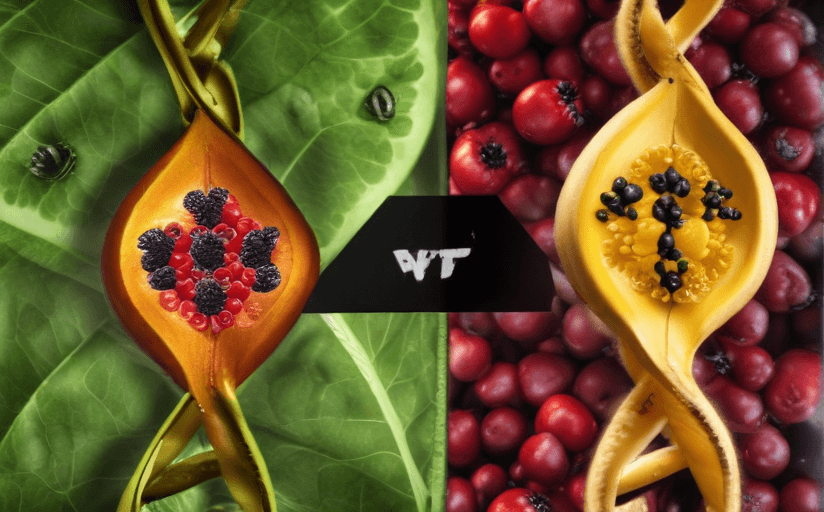Exploring the Realm of Genetically Modified Organisms (GMOs)
Genetically Modified Organisms or GMOs have become a vital part of our food chain and a hotly debated topic around the globe. Providing a comprehensive understanding of what they are, how they are created, and their potential benefits and risks is critical to making informed decisions about their use and regulation.
What are GMOs?
Genetically Modified Organisms (GMOs) are organisms whose genetic material has been artificially manipulated in a laboratory through genetic engineering. This creates combinations of plant, animal, bacterial, and virus genes that do not occur naturally or through traditional crossbreeding methods.
The Science Behind GMOs
Creating a GMO involves several scientific steps. Scientists first identify a trait they wish to add to a plant or animal, like resistance to a certain pest. They locate the gene responsible for this trait in another organism, copy it, and insert it into the DNA of the species they wish to modify. The result is an organism with a new, desirable trait.
GMOs in Agriculture
GMOs are commonly used in agriculture to increase crop yield, enhance nutritional content, and create resistance to pests and diseases. These modified organisms can greatly reduce the need for pesticides and increase overall food production, making them a promising tool for addressing global food shortages.
The Benefits of GMOs
Proponents of GMOs often cite several key benefits. Enhanced nutritional content can combat malnutrition in regions of the world where staple crops lack necessary vitamins and nutrients. Additionally, higher crop yields can increase food supply and potentially reduce costs, making food more accessible to all segments of the population.
The Potential Risks of GMOs
Despite the potential benefits, GMOs also carry potential risks that need to be considered. Environmentally, GMOs could unintentionally harm non-target organisms and lead to a loss of biological diversity. There's also concern about the uncertainty of GMO effects on human health, including allergies and other unforeseen consequences.
A Balanced Perspective
Both the potential benefits and risks of GMOs must be carefully considered. While they offer a promising solution to some significant global challenges, careful research and testing must be carried out to ensure they are safe and beneficial in the long term. It's crucial that our decisions about GMOs are based on reliable, scientific sources and a comprehensive understanding of the technology.
Conclusion
The debate around GMOs is ongoing and requires further research and stringent regulations. While the pros and cons of GMOs are being intensely studied and debated, it is clear that GMOs hold great potential for addressing global issues such as malnutrition and food scarcity, but they need to be evaluated and monitored by credible institutions to mitigate any potential risks.


















Comments
Leave a Comment